Marathon: An interview with the winners of the 2018 Oxford Samuel Beckett Theatre Trust Award
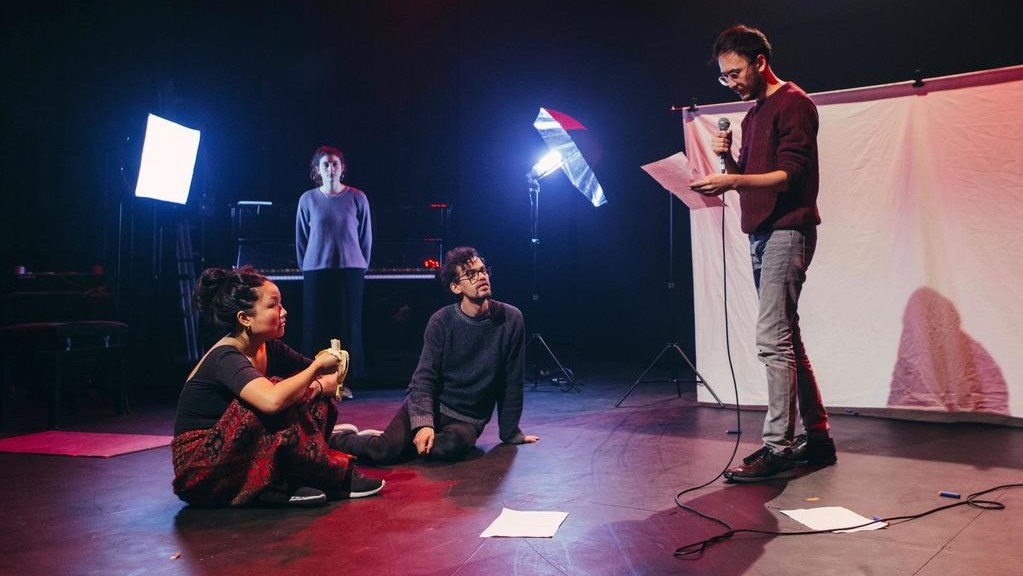
Crafting unpredictable and collaborative theatre is the intent of JAMS, a London-based group of young international artists. Their production, Marathon, has won the 2018 Oxford Samuel Beckett Theatre Trust Award, granting the company the opportunity to premiere their work at the Barbican, under the mentorship of award-winning British choreographer Jonathan Burrows and Karen Christopher.
Despite the title, this drama is not much about the Greek myth – a man on the frontline running between two countries to deliver to the king the message of a historical defeat for his army – but rather about the performers’ struggle in the reenactment of the play: digital information disrupts the storytelling and the new generation is overwhelmed. Is it theatrical narrative possible any more? Are there other forms worth exploring in this new panorama? How would the modern citizens of the world deal with the discontinuity provoked by the digital revolution?
By experimenting with form, style and live music, JAMS attempts to evoke the contemporary sense of confusion. At the heart of the company’s creative process, there is a method – involving “jamming” – which leads to scriptless performances, based instead on scores.
We caught up with writer and director Alan Fielden, and co-creators Sophie Grodin, Malachy Orozco and Jemima Yong, to talk about creating multi-faceted productions, being an international company, and music.
Thank you for your time. First of all, how would you describe Marathon – what is the play about?
Alan Fielden: Four people on a stage are trying to remember a play they’re pretty sure they performed. That play, Marathon, is about a messenger running from a battle to the King to tell him, “We’ve lost the war, the enemy are coming”. There’s this sense of impending defeat, anticipation of horrible events. You could say our performance looks at how we collectively remember, whose fictions take precedent, how we repair ourselves and each other after traumatic events. And then it’s also about the pleasure of imagining, how we’re such narrative-based creatures, how sometimes we really want the clarity that comes with narrative authority… and sometimes we want noise…
Do you think the disruption brought into our daily lives through digital media is damaging, or does it offer further opportunities for storytelling?
AF: A few days ago we were watching Lady Bird, the film with Saoirse Ronan (it’s super good!) and there’s a bit where a nun says, “perhaps love and attention are the same thing…” or words to that effect. I nearly fell apart. I think it’s true and digital media can erode that attentive ability. I get distracted, I get digital hangovers where I realise I’ve been on websites for hours and now I feel dumb, stupefied and torpid. My attention is finite; I should be safeguarding it, preserving it for my loved ones, myself, those in deep water. Yes, the widespread, wholly intended erosion of attention and vigilance for financial (and political) gain is certainly worth looking at artistically.
Let’s talk about the creative process behind the play: how do you put together such a multi-faceted production?
Jemima Yong: In our group, no two passports are identical, which I think is a nice visual metaphor for the multiplicity that exists within the company. We come from different cultures, backgrounds and disciplines. Through working together over the last six years on a collaborative and improvisational storytelling practice and performance called ROOM, we have cultivated a shared language and pursuit to create work that is designed to engage the imaginative agency of its audience.
Our interests and understandings traverse a broad spectrum; we are curious people. We like to try and do things ourselves which means we are learning new things all the time. Alan writes poetry and plays, Sophie does movement and situation-based performance-making, Mal is a trained actor and designs light and sound, I do photography and puppetry. This ensures a diverse set of approaches and vantage points to the process of performance-making, which I think results in work that is rich, complex and surprising.
Sophie Grodin: We’ve had different methods of finding the material that now constitutes Marathon. We’ve worked with the idea of responding to a mood. Alan would bring in a certain idea or situation and then we would respond to these through exercises that would generate performative content. One of these early prompts could be: What would an abstract, impressionistic or a cubist version of the news look like?
Then we would write directives to each other, which are small tasks that have the aim to incorporate specific elements. For example: Make an improvised political speech where you are trying to convince your listeners of a lie. Then, seamlessly let another opinion devour the first opinion until the speech is trying to convince us of a completely different thing. We would perform these small responses for each other.
We also had small scenes of dialogue or situations that Alan had written, and we would improvise over these scenes, drawing out the characters and places, and expand on the specific world of the scene. This would create some really interesting moments, some of which we kept.
What are the benefits of “jamming” rather than using a script as a base for your work?
SG: Jamming, I would say, is a “method” we started using a bit later in the process – once we had elements to jam with. Our process has been long, and we have chosen to spread it out with about a month in between rehearsal weeks. This means that we were able to incorporate what was happening in the world around us, as well as do research in the in-between times.
We were building a library of material so to speak: of texts, dialogues, movement sections and interactions. Once we felt we had a lot to play around with, we would go into these extended periods of jamming without stopping (one to two hours). This meant we would be in the world of the piece and not exit before the timer went off. This took us to some really mad and interesting places.
Jamming allowed us to go places we would never have gone if the script had been set from the beginning. We very much use each other in the work and the relationship between the four of us is a huge part of the content. So, jamming strengthened the trust and the agility to improvise with each other. I would say it expanded our material. It was a way to go on an expedition into an unknown territory: our imagination.
What is your favourite musical instrument? What connected you to music in the first place?
AF: Pianos are very human. With Marathon, we wanted to be less typically theatrical (characters, story arcs, exposition, resolution) and more musical (repetition, looping, refrains, preludes, syncopation, call-backs) as it’s more about manifesting a mood than a story.
JY: I am currently a fan of the cello. Making music together is somewhat like a collective compulsion we gravitate towards at specific points in the creative process – it has something to do with a tension and release through the act of listening and responding to each other in a different way.
Malachy Orozco: Drums. My dad played the drums and my brother plays the drums, and it makes me appreciate the rhythms of everyday life.
You all come from very different parts of the world. How and where did you meet in the first place?
JY: London is a very special place. Serendipity is a babe.
SG: Jemima, Alan and I met through university – the Royal Central School of Speech and Drama. We all went on the same course, Performance Arts, but in different years. The three of us started working together on the performance, ROOM, in 2012, and we performed it at Bush Theatre as part of a festival that year. This is where we met Mal, and he started working on ROOM with us.
ROOM is a performance for one audience member at a time. They are blindfolded, and we take them into a world through dialogue and through foley sounds. They actively have to participate and choose what happens to them, and through words and sound the performers and audience member create images and stories that only exist in each person’s imagination. That performance was in many ways the building block for Marathon.
What do you feel is the main element in common among you? What richness do you gain from each other?
SG: I think the richness comes from us all being so different. We all have very different temperaments, ways of thinking, and ways of looking at the world. When we try to create a common language with each other it requires us all to bend the way we look at things. It takes each of us to new places. You have to let go of yourself a little bit in collaborations – but not in a negative way. We have carved out a space for each other.
You won the Oxford Samuel Beckett Theatre Trust Award this year. What does it mean for you?
MO: The humanising and dignifying act of being able to pay ourselves a decent wage; we are unknown. So, what receiving this award says to me is that something in what we’re doing is interesting. “Interest” is a hard thing because it’s tied up with things like the current trends and speculations on where the art or the industry might be going. So for the panel to decide that this work is interesting is, I hope, reflective of something Beckett would have found interesting.
And it’s also Samuel Beckett’s legacy. His spirit has been around this, I think. Or perhaps it’s just a series of coincidences. We stayed just round the corner from Beckett Street in Faversham during our final preparations for our upcoming run. One of our rehearsals ran through Beckett’s birthday. David Gothard – my mentor – told me about his being near the initial conversations to found the prize. David, of course, hosted Beckett at Riverside Studios. Beckett was a real person. It’s easy to forget that eponymous prizes and institutions are often founded in the wishes and wills of a real person. If I could write Mr Beckett a thank-you card, I would. Perhaps I’ll do that.
The time off from non-show-related work that a decent wage allows, however, should not be overlooked.
JY: It has also allowed for us to work in a way that is more suited to the piece that we want to make. If you don’t have the resources to do that, often you try to justify very poor circumstances to make work that you want to make or just to get it out. I’ve learnt through this process that I am used to justifying really poor creative conditions, and maybe I don’t have to do that. The award has allowed for us to work with practitioners who inspire us like Jonathan Burrows and Karen Christopher (Haranczak/Navarre Performance Projects).
What would you like the audience, in particular, to pay attention to – to leave the theatre with?
AF: “It would be good to make a show that changed the world” I thought in 2016. And then I read some Borges and thought, “It would be much easier to pretend that show already existed and make a show about it”. And then my friend Rob told me about The King In Yellow, an 18th-century book of short stories about a play that sends people “insane”. I wouldn’t like for people who see Marathon to lose their minds, but perhaps to have some of their trickier emotions – fear, doubt, confusion, loneliness – acknowledged, accepted and maybe even celebrated. Those are important emotions, and we’re all feeling them to some extent.
Your best advice for young artists would be…
JY: Ask questions. Surround yourself with people who are better than you.
MO: There are other kinds of connection besides digital connection. At the moment, it might seem like the world is saying that artistic creation, whether it’s painting or performance or writing, is not as important as digital creation, but everything digital came from art and humans. It’s important.
It’s good to specialise but do spend some time learning about the other tasks that are related to the thing that you do. Great painters knew how to make brushes and knew how to make their colours and their paints. It’s important to have a well-rounded appreciation for the other crafts that make your craft possible.
AF: Find a way to do it the way you feel most at home. Try several roles, get to know theatre inside out so you have an empathy with everyone’s needs: the actor, the technician, the producer, the press officer. Read books, let yourself surprise yourself.
What is next in the pipeline for JAMS?
JY: After the Barbican premiere, we would like to tour Marathon in the UK and internationally, with a keen eye for the work to visit the places we were born and/or grew up in: Korea, Denmark, Singapore, Malaysia and the US.
Cristiana Ferrauti
Photo: Helen Murray
Marathon is at the Barbican from 20th September until 29th September 2018. For more information or to book visit the theatre’s website here.

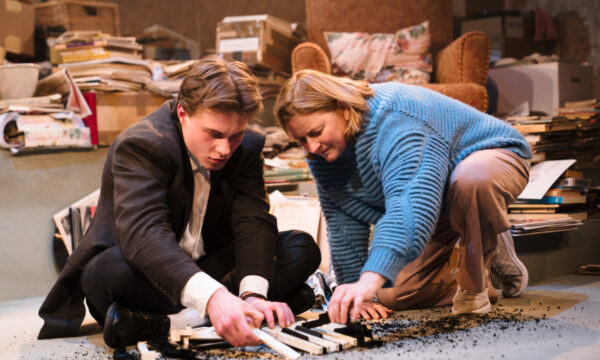
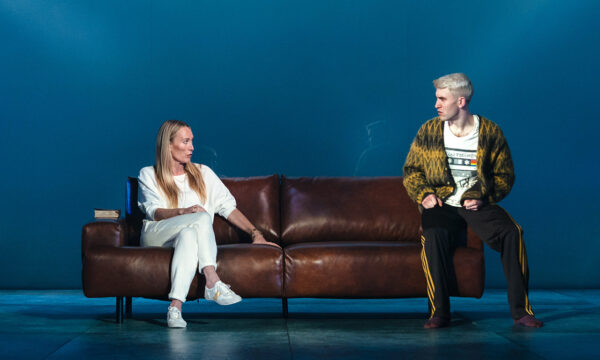
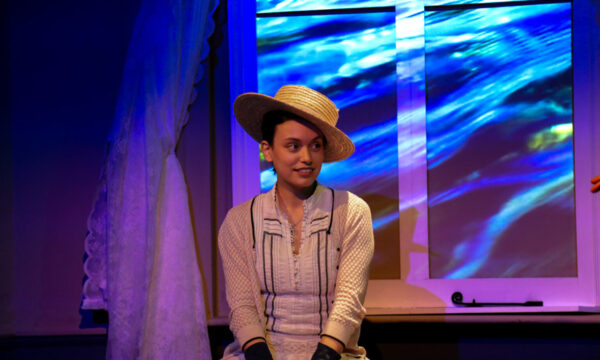
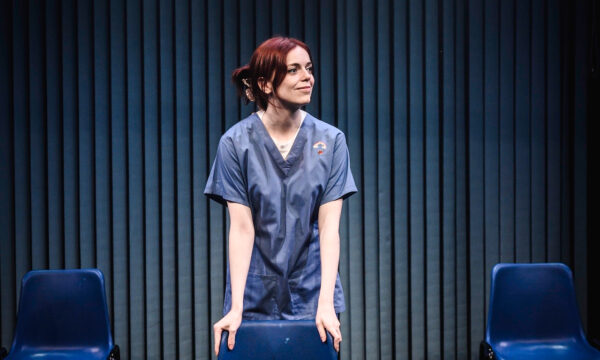
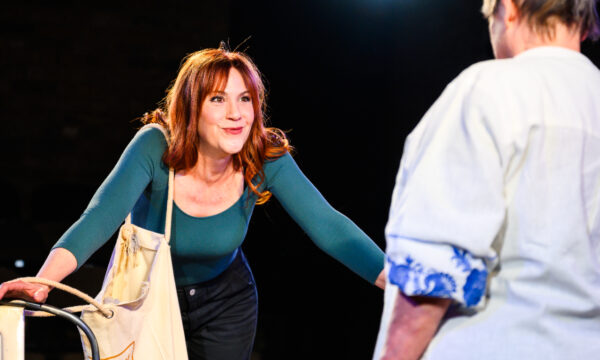
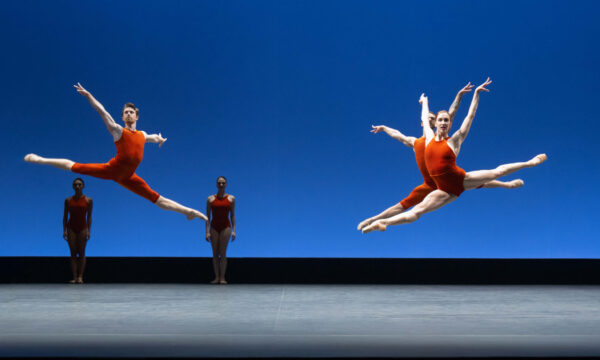
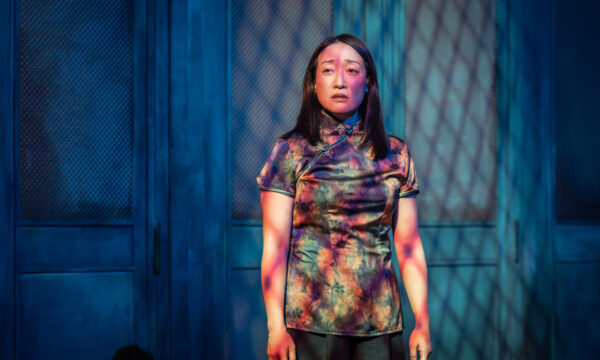
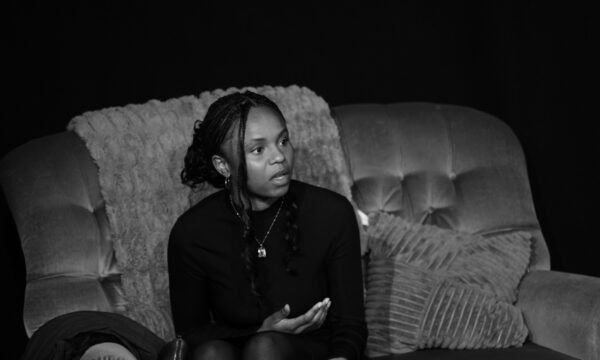
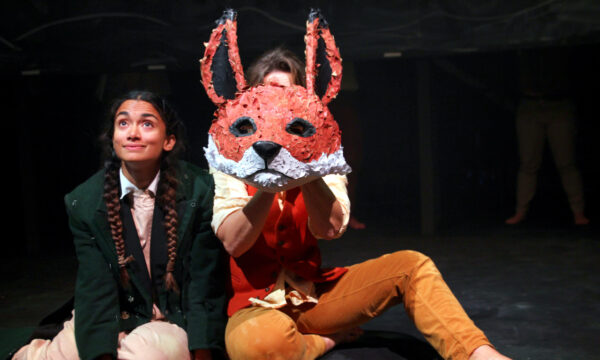








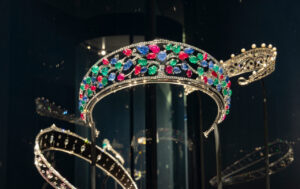
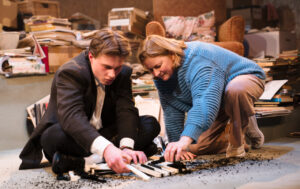





Facebook
Twitter
Instagram
YouTube
RSS